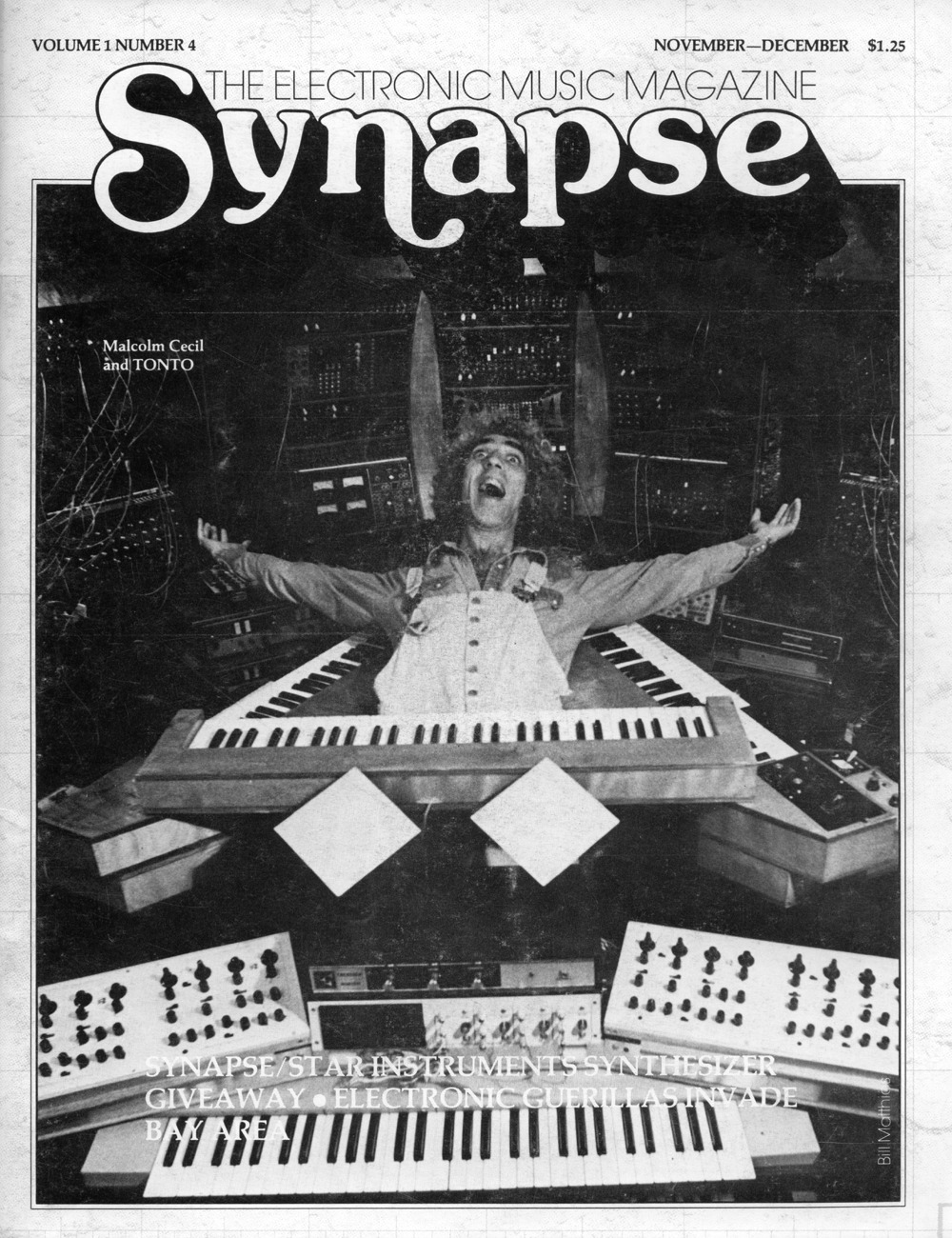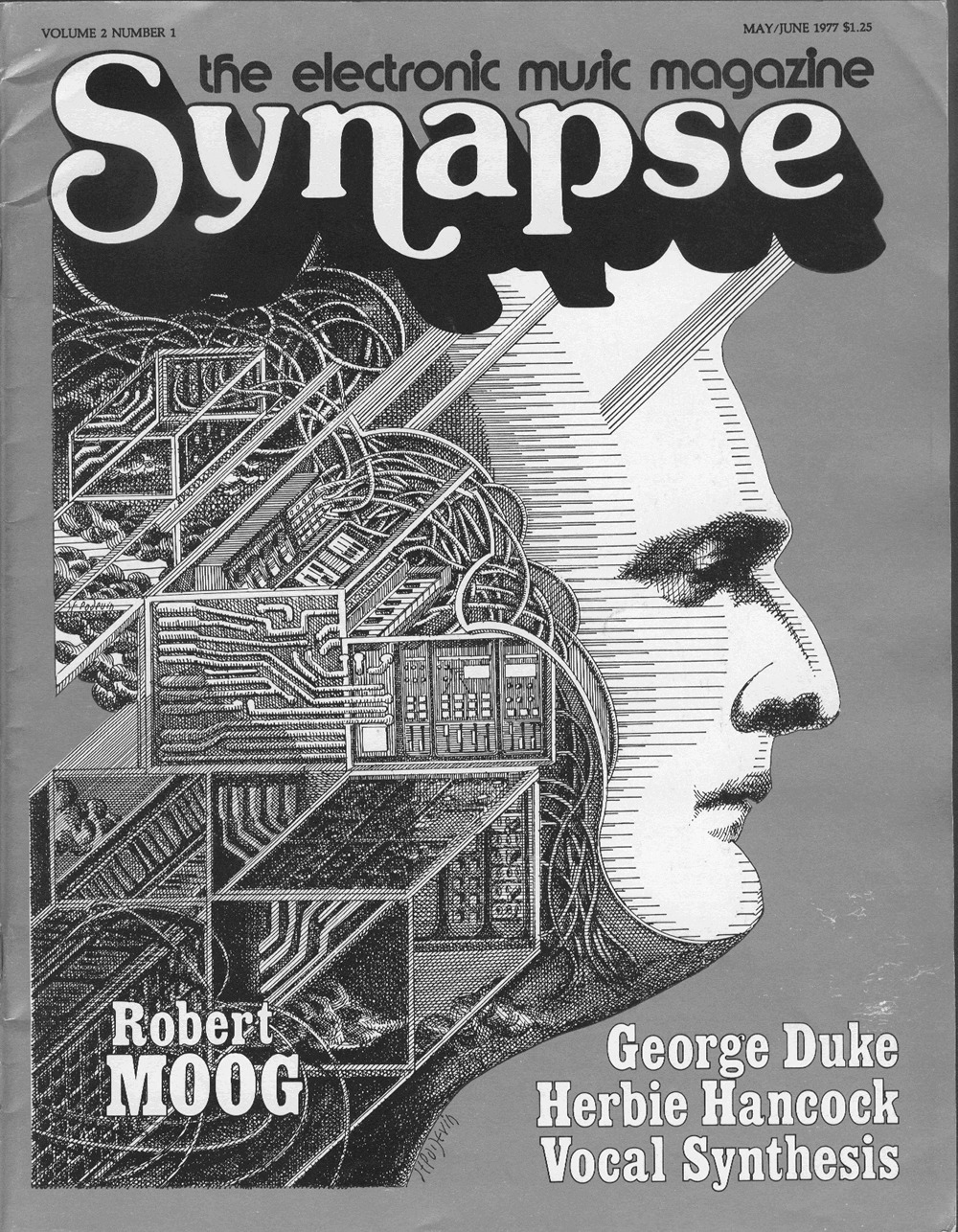Larry Polansky: The Early Works of James Tenney (1983)
Filed under book | Tags: · 1960s, composing, computer music, music, music history, music theory

“James Tenney was a composer and influential music theorist. He studied piano with Eduard Steuermann and composition with Chou Wen-chung, Lionel Nowak, Paul Boepple, Henry Brant, Carl Ruggles, Kenneth Gaburo, Lejaren Hiller, John Cage, Harry Partch, and Edgard Varèse. He also studied information theory under Lejaren Hiller, and composed stochastic early computer music before turning almost completely to writing for instruments with the occasional tape delay, often using just intonation and alternative tunings. Tenney’s notable students include John Luther Adams, John Bischoff, Peter Garland, Larry Polansky, Charlemagne Palestine, and Marc Sabat. He performed with John Cage, as well as with the ensembles of Harry Partch, Steve Reich, and Philip Glass.” (source)
Published in Soundings #13, edited by Peter Garland
181 pages
via Larry Polansky
Comment (0)Larry Austin, Douglas Kahn (eds.): Source: Music of the Avant-Garde, 1966-1973 (2011)
Filed under book | Tags: · 1960s, 1970s, art, composing, computer music, electroacoustic music, electronic music, experimental music, fluxus, intermedia, music, music history, music theory, performance, sound recording, tape music

“The journal Source: Music of the Avant-garde was and remains a seminal source for materials on the heyday of experimental music and arts. Conceived in 1966 and published to 1973, it included some of the most important composers and artists of the time: John Cage, Harry Partch, David Tudor, Morton Feldman, Robert Ashley, Pauline Oliveros, Dick Higgins, Nam June Paik, Steve Reich, and many others. A pathbreaking publication, Source documented crucial changes in performance practice and live electronics, computer music, notation and event scores, theater and installations, intermedia and technology, politics and the social roles of composers and performers, and innovations in the sound of music.”
Publisher University of California Press, Berkeley, CA, 2011
Roth Family Foundation Music in America Books series
ISBN 0520267451, 9780520267459
382 pages
Reviews: Continuo (2011), Michael Boyd (Computer Music Journal, 2013).
Wikipedia (about the journal)
Publisher
PDF (removed on 2013-7-18 upon request of the publisher)
Comment (0)Synapse: The Electronic Music Magazine (1976-1979)
Filed under magazine | Tags: · computer music, computing, electroacoustic music, electronic music, music, sound art, sound recording, sound synthesis



Synapse: The Electronic Music Magazine (later Synapse: International Electronic Music) was a bi-monthly American magazine about synthesizers and electronic music published March 1976 to June 1979. During an era when commercial synthesizers were still pretty new and mostly DIY, Synapse was notable for its high production values, interviews with famous musicians, and articles by well-known writers.
The production team consisted of editor Douglas Lynner, art director Chris August, photographer Bill Matthias and managing editors Colin Gardner and Melodie Bryant. After 14 issues they ran out of money and closed down.
The magazine issues have been scanned and posted online by its founder Cynthia Webster at Cyndustries.
Volume 1, Number 2, April/May 1976 (added on 2019-8-11 via diophantine.net HT Ezra J. Teboul)
Volume 1, Number 3, September/October 1976
Volume 1, Number 4, November/December 1976
Volume 1, Number 5, January/February 1977
Volume 1, Number 6, March/April 1977
Volume 2, Number 1, May/June 1977
Volume 2, Number 2, July/August 1977
Volume 2, Number 3, November/December 1977
Volume 2, Number 4, January/February 1978
Volume 2, Number 5, March/April 1978
Volume 2, Number 6, Summer 1978
Volume 3, Number 1, January/February 1979
Volume 3, Number 2, Summer 1979
GIFs (on Cyndustries.com, via Internet Archive)

